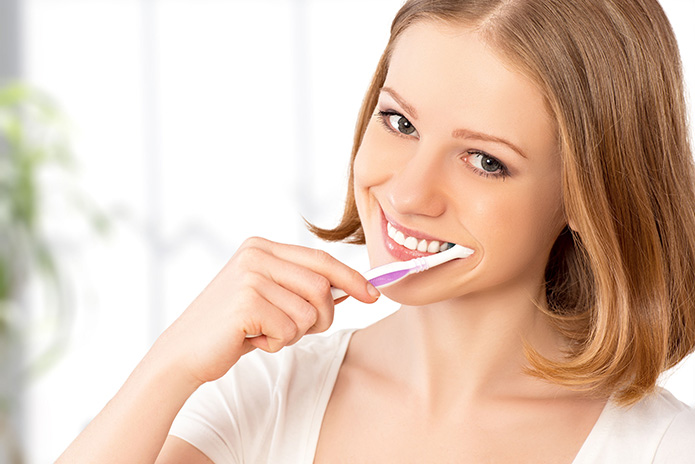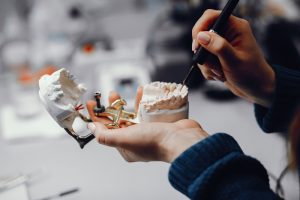The most sophisticated type of toothbrush bristle in 1498 was invented in China. It was made of stiff hairs from a boar’s neck attached to a bone or bamboo that served as a handle. Boar bristles were used until 1938 because during that time nylon was already invented by Du Pont. More than ten years after, softer nylon bristles were developed. Today, both nylon and boar’s hair are commercially available.
Toothbrush bristles have various features depending on manufacturers’ design. The following observable attributes would help us identify different types of toothbrush bristles.
Table of Contents
Stiffness/Softness of Toothbrush Bristles
Many factors are considered when we compare stiff bristles with the softer ones. One factor is the length. The longer the length, the softer the bristle is. Another factor is the diameter of the bristle. A 0.007” bristle is softer than a 0.008”. The shape of the tuft is also a factor. When there are more bristles in each tuft, the stiffer the brush is. Lastly, tuft angles affect stiffness or softness. A mix of angled the tuft is definitely stiffer.
When it comes to usage, extra-soft or soft bristles are more preferred by most people especially those with sensitive teeth or gums or those that suffer dental erosion or those who have undergone some dental fixtures. For dental experts, a soft-bristled brush is more efficient for plaque removal.
On the other hand, many people still prefer harder or firmer bristles. They believe that stiffer bristles can better remove stains and plaques from the teeth. However, many studies have shown that hard-bristled brush could actually wear out gums, damage root surfaces, and remove tooth enamel.
Height of Toothbrush Bristles
Bristles on most toothbrushes vary in height depending on manufacturer’s design. Some bristles have equivalent height. Some are alternated long and small. Toothbrush bristle heights that are not equal are used to reach out uneven surfaces of the teeth. Additionally, short bristles are used in electronic toothbrushes.
End of Toothbrush Bristles
Most bristles have rounded-ends. But the ends of some softer bristles are achieved by splitting the ends creating feather-like ends or by extreme tapering of the bristle’s ends.
Tuft Pattern Design of Toothbrush Bristles
Many researchers contend that there is no superior toothbrush design among manual toothbrushes. However, let us consider some designs based on tuft patterns. Conventional toothbrush bristles have block patterns. They also have equal bristle heights and are arranged neatly. The multileveled pattern is those mixed tuft heights. They claim to be most effective in reaching difficult areas of the teeth. The zigzag pattern is designed to sweep up plaque more effectively. Polishing-cup has bristles that can clean surface stains.
Materials Used in Toothbrush Bristles
Synthetic materials like nylon and polyester are mainly used. The natural bristles, as mentioned above, are made of boar’s hair.
Color of Toothbrush Bristles
There are many different types of toothbrush bristles’ colors. Commonly available are white or it may be off-white. Some manufacturer’s designs combine different heights of bristle with different color assignments. Another brand also has bristled color changes when it’s time to replace the toothbrush. The color pigment in the bristles must comply and be approved by the government’s standards.
Regardless of how many different types of toothbrush bristles will come out on the market, people should always have a preference and it’s not really with the toothbrush, but it’s the brusher that matters.




